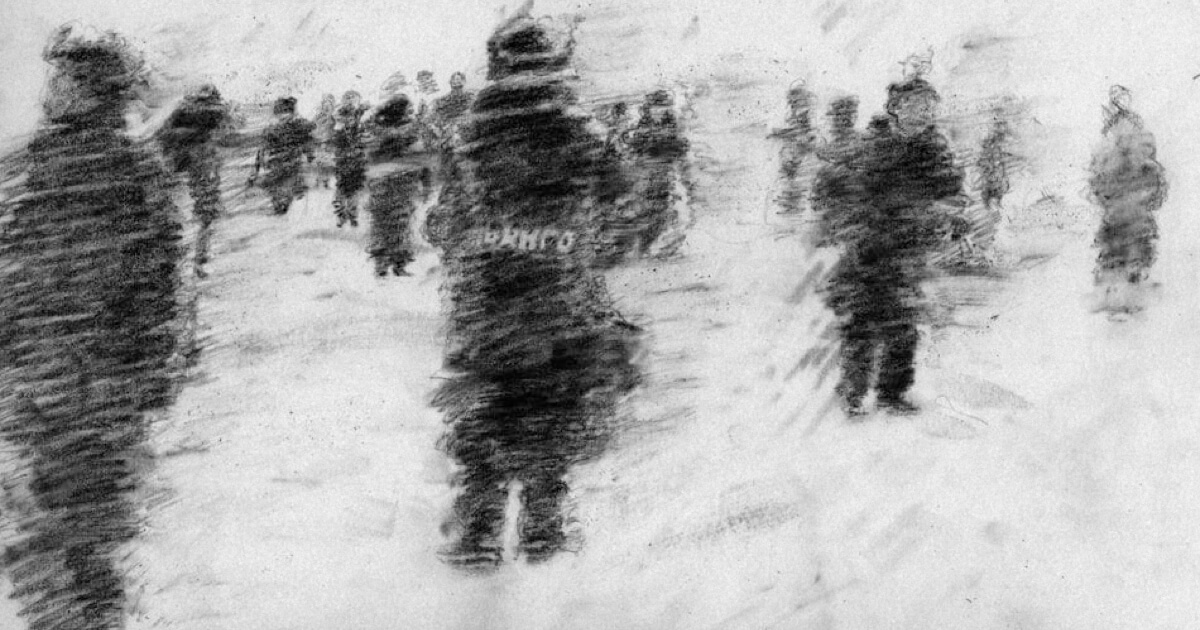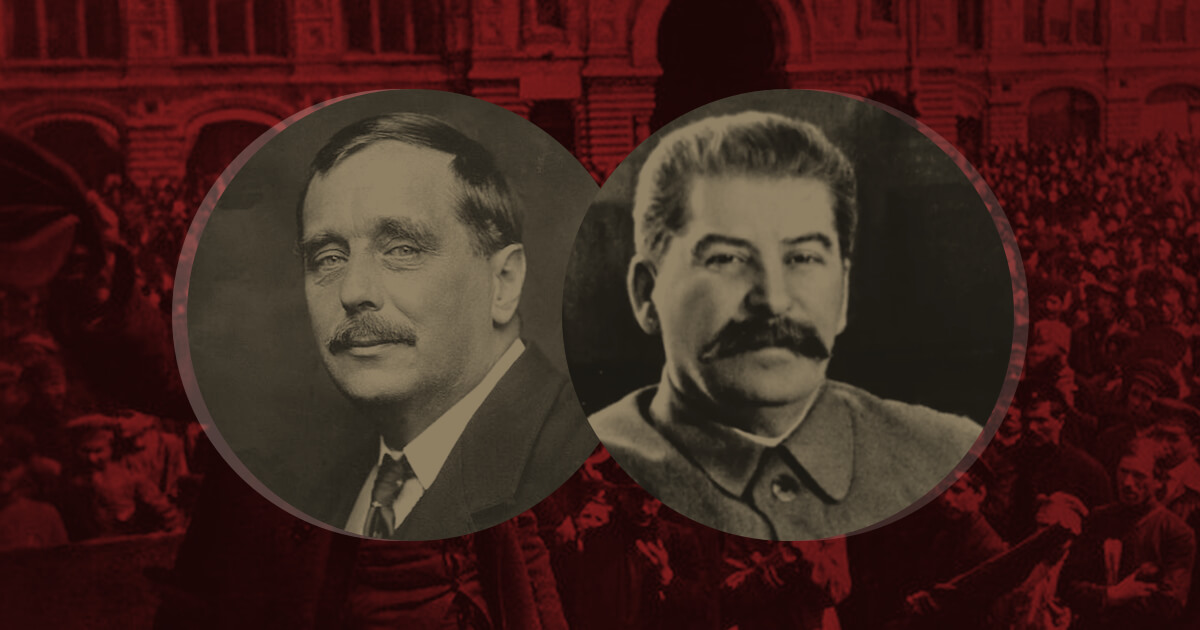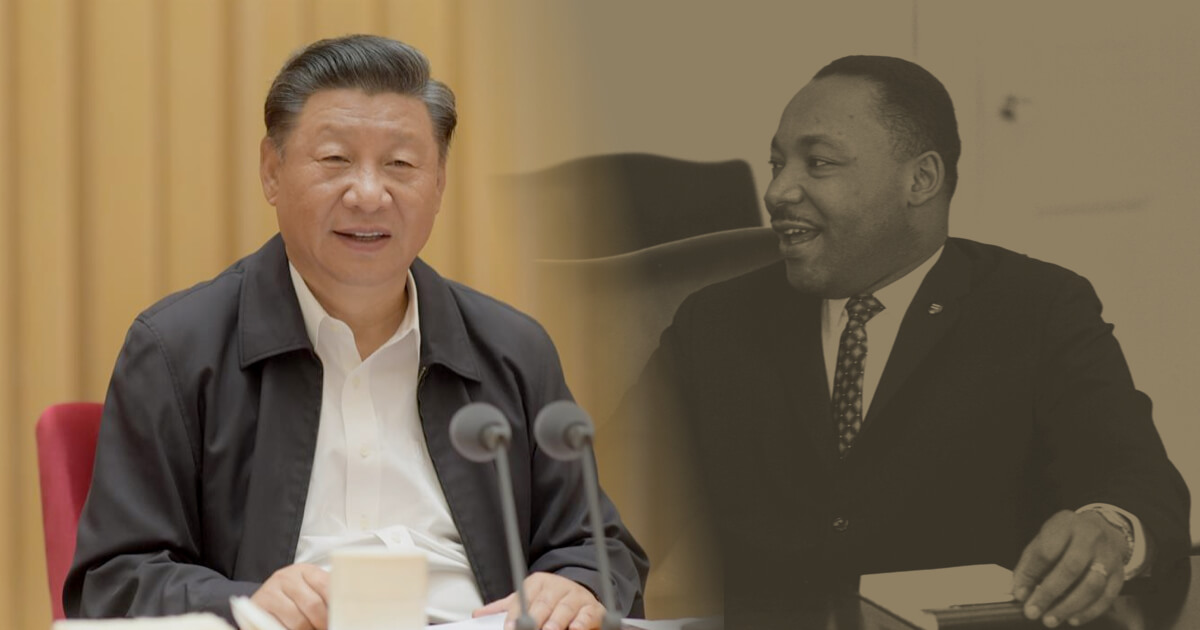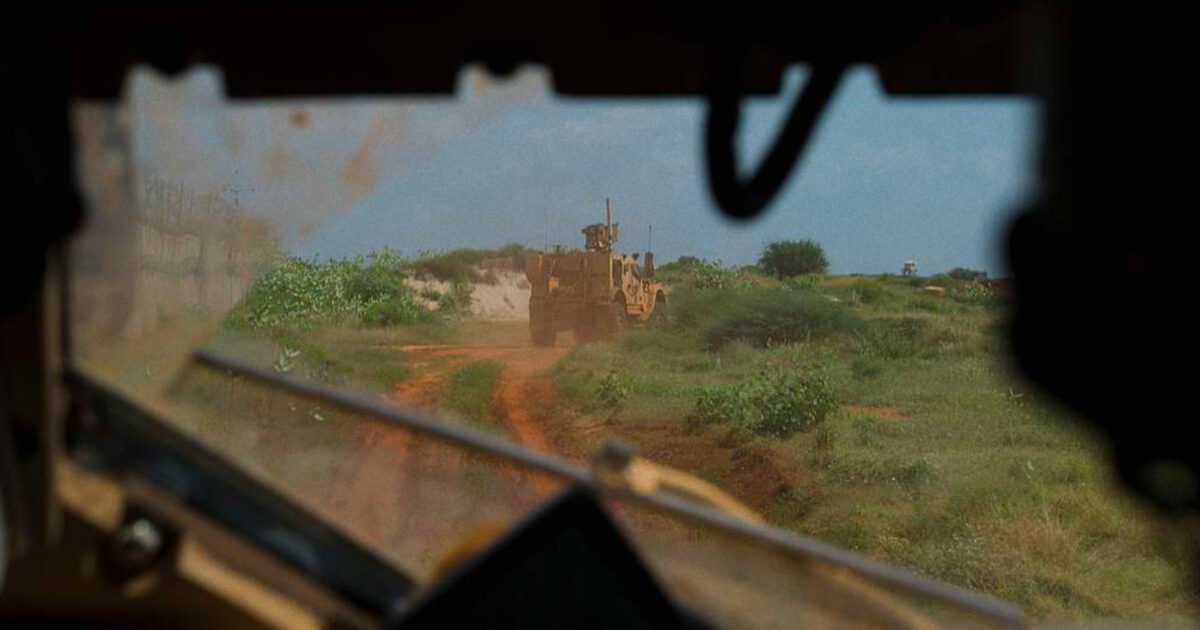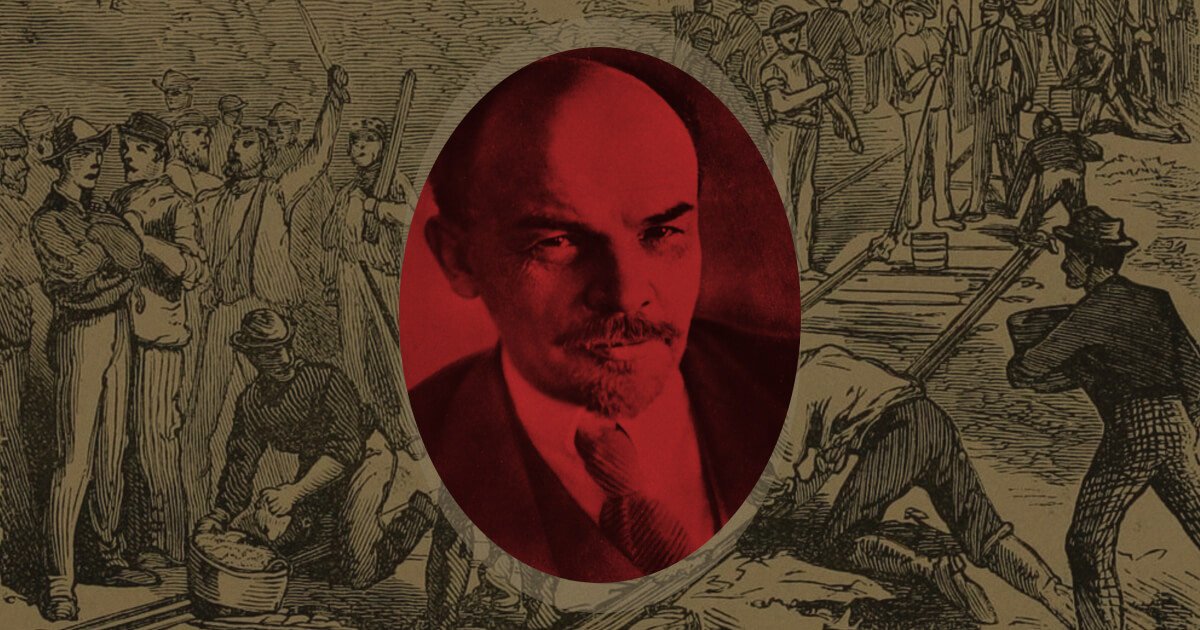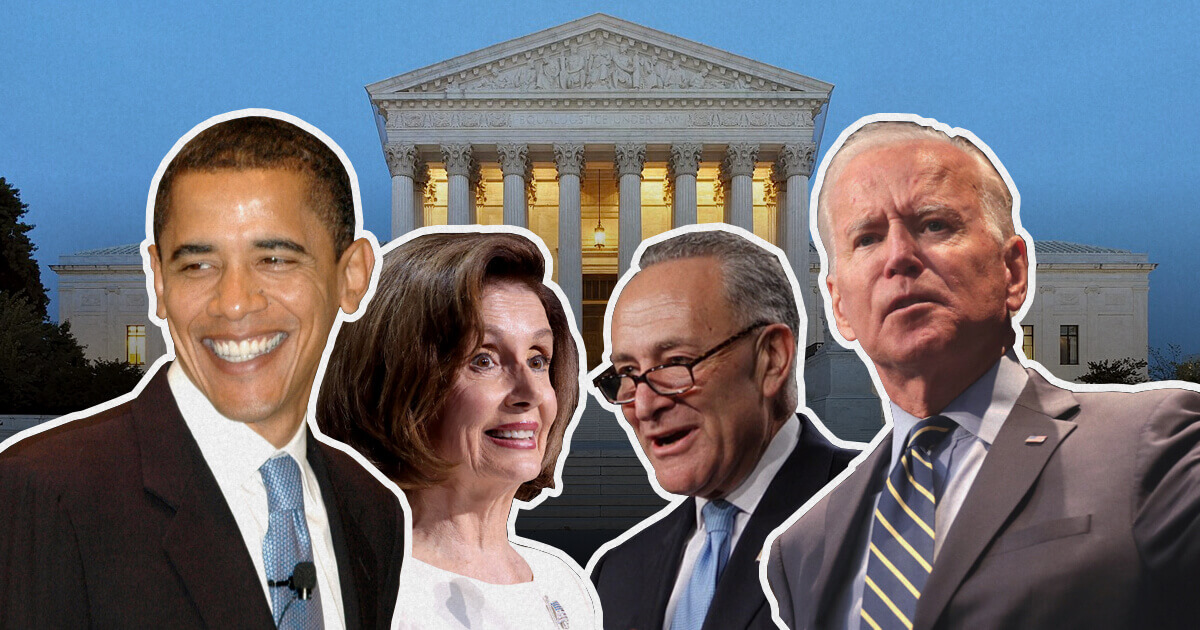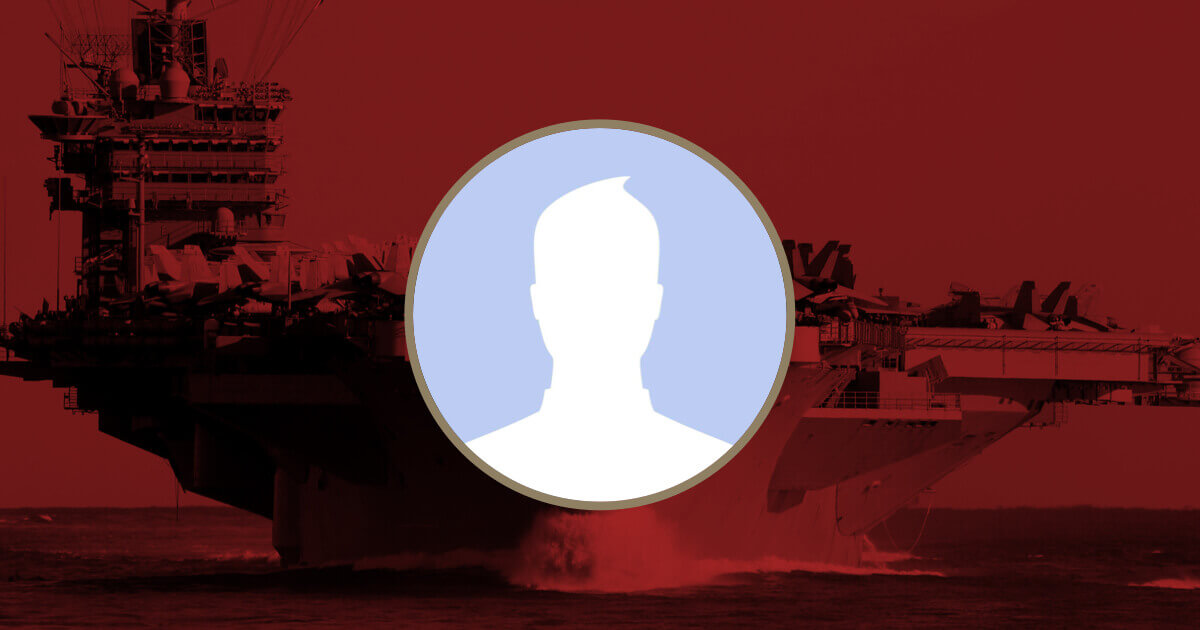The following is the text of a presentation by John Bellamy Foster given on March 31, 2022 to the advisory board of Tricontinental: Institute for Social Research.
Thanks for inviting me to make this presentation. In talking about the Ukraine war, the essential thing to recognize at the outset is that this is a proxy war. In this regard, none other than Leon Panetta, who was CIA director and then secretary of defense under the Barack Obama administration, acknowledged recently that the war in Ukraine is a U.S. “proxy war,” though seldom admitted. To be explicit, the United States (backed by the whole of NATO) is in a long proxy war with Russia, with Ukraine as the battlefield. The U.S. role in this conception, as Panetta insisted, is to provide more and more weapons faster and faster with Ukraine doing the fighting, bolstered by foreign mercenaries.
So how did this proxy war come about? In order to understand that we have to look at the U.S. imperial grand strategy. Here we have to go back to 1991 when the Soviet Union dissolved or even further to the 1980s. There are two prongs to this imperial grand strategy, one as geopolitical expansion and positioning, including the enlargement of NATO, the other as the U.S. drive for nuclear primacy. A third prong involves the economy but won’t be considered here.
The First Prong: Geopolitical Expansion
The first prong was enunciated in Paul Wolfowitz’s Defense Policy Guideline for the United States in February 1992, just months after the dissolution of the Soviet Union. The grand imperial strategy adopted at the time and followed ever since had to do with the United States advancing geopolitically into the terrain of the former Soviet Union as well as what had been the Soviet sphere of influence. The idea was to prevent Russia from reemerging as a great power. This process of U.S./NATO geopolitical expansion commenced immediately, visible in all the U.S./NATO wars in Asia, Africa, and Europe that have taken place in the last three decades. NATO’s war in Yugoslavia in the 1990s was particularly important in this respect. Even while the dismemberment of Yugoslavia was going on, the United States began the process of enlarging NATO by moving it further and further East to encompass all of the former Warsaw Pact countries as well as parts of the former USSR. Bill Clinton in his 1996 election campaign made the enlargement of NATO part of his platform. Washington started to implement that in 1997, eventually adding 15 additional countries to NATO doubling its size and creating a 30-nation Atlantic Alliance targeting Russia, while also giving NATO a more global interventionist role, as in Yugoslavia, Syria, and Libya.
But the goal was the Ukraine. Zbigniew Brzezinski, who was the most important strategist of all of this and had been Jimmy Carter’s national security advisor said in his 1997 Grand Chessboard that Ukraine was the “geopolitical pivot,” particularly in the West, which if it were brought into NATO and under Western control, would weaken Russia so much that it could be tethered, if not dismembered. This has been the goal all along and U.S. strategic planners and Washington officials, along with the NATO allies, have stated over and over that they wanted to bring the Ukraine into NATO. NATO made this goal official in 2008. Only a few months ago, in November 2021 in the new strategic charter between the Biden administration in Washington and Zelensky government in Kyiv, it was agreed that the immediate aim was bring Ukraine into NATO. But this has also been NATO’s policy for a long time now. The United States in the final months of 2021 and at the beginning of 2022 was moving very fast to militarize the Ukraine and accomplish that as a fait accompli.
The idea, articulated by Brzezinski and others, was that once the Ukraine was secured for NATO, Russia was finished, the proximity to Moscow with Ukraine as the thirty-first nation in the NATO alliance, would give NATO a 1200-mile border with Russia, the same path through which Hitler’s armies had invaded the Soviet Union, but in this case with Russia facing the world’s greatest nuclear alliance. This would change the entire geopolitical map giving the West control of Eurasia west of China.
How this actually played out is important. The proxy war started in 2014 when the Maidan coup, engineered by the United States, took place in Ukraine, removing the democratically elected president, and putting ultra-nationalists largely in control. The immediate result though was that Ukraine began to break apart. Crimea had been an independent, autonomous state from 1991 to 1995. In 1995 Ukraine illegally tore up the Crimean Constitution and annexed it against its will. The Crimean people didn’t consider themselves part of Ukraine, and were largely Russian speaking, with deep cultural connections to Russia. When the coup occurred, with Ukrainian ultra-nationalists in control, the Crimean population wanted out. Russia gave them an opportunity with a referendum to stay in the Ukraine or join with Russia. They chose the latter. However, in the eastern Ukraine the primarily Russian population was subjected to repression by ultra-nationalist and neo-Nazi Kyiv forces. Russophobia and extreme repression of the Russian-speaking populations in the East set in—with the infamous case of the forty people blown up in a public building by neo-Nazis associated with the Azov Battalion. Originally there were a number of breakaway republics. Two survived in the Donbass region, with dominant Russian-speaking populations: the republics of Luhansk and Donetsk.
A civil war thus emerged in Ukraine between Kyiv in the West and Donbass in the East. But it was also a proxy war with the U.S./NATO supporting Kyiv and Russia supporting Donbass. The civil war started right after the coup, when the Russian language was basically outlawed, so that individuals could get fined for speaking Russian in a store. It was an attack on the Russian language and culture and a violent repression of the populations in the eastern parts of the Ukraine.
Initially, there were about 14,000 lives lost in the civil war. And these casualties were in the eastern part of the country, with something like 2.5 million refugees pouring into Russia. The Minsk Agreements in 2014 and 2015 led to a ceasefire, mediated by France and Germany, and supported by the United Nations Security Council. In these agreements the Luhansk and Donetsk Republics were given autonomous status within Ukraine. But Kyiv broke the Minsk agreements again and again, continuing to attack the breakaway republics in Donbass, though on a reduced scale, and the US continued to provide stepped-up military training and weapons.
Washington provided an enormous amount of military support to Kyiv between 1991 and 2021. The direct military aid to Kiev from the United States was $3.8 billion from 1991 to 2014. From 2014 to 2021, it was $2.4 billion, increasing in rate, and then finally skyrocketing once Joe Biden came into office in Washington. The United States was militarizing the Ukraine very fast. The United Kingdom and the Canada trained around 50,000 Ukrainian troops, not counting those trained by the United States. The CIA actually trained the Azov Battalion and the rightwing paramilitaries. All of this was targeting Russia.
The Russians were concerned particularly about the nuclear aspect, since NATO is a nuclear alliance, and if Ukraine were brought into NATO and missiles were placed in Ukraine, a nuclear strike could occur before the Kremlin had time to respond. Already there are anti-ballistic missile defense facilities in Poland and Romania, crucial as counterforce weapons in a NATO first strike. Yet, it is important to understand that the Aegis missile defense systems placed there are also capable of launching nuclear offensive missiles. All of this factored into Russia’s entry into the Ukrainian civil war. In February 2022 Kyiv was preparing a major offensive, with 130,000 troops on the borders of Donbass in the East and South, with U.S./NATO, firing into Donbass, with continuing U.S./NATO support. This crossed Moscow’s clearly articulated red lines. In response, Russia first declared that the Minsk Agreements had failed and that the Donbass republics had to be regarded as independent and autonomous states. It then intervened in the Ukrainian civil war on the side of Donbass, and in line with what it considered its own national defense.
The result is a proxy war between the U.S./NATO and Russia being fought in Ukraine, developing out of a civil war in Ukraine itself, which had its inception in a U.S.-engineered coup. But unlike other proxy wars between capitalist states this one is occurring on the borders of one of the great nuclear powers and is brought on by the long-articulated grand imperial strategy in Washington aimed at capturing the Ukraine for NATO in order to destroy Russia as a great power, and establish, as Brzezinski stated, U.S. supremacy over the globe. Obviously, this particular proxy war carries grave dangers on a level not seen since the Cuban missile crisis. Following the Russian offensive, France declared that NATO was a nuclear power and immediately afterwards, on February 27, the Russians put their nuclear forces on high alert.
Another thing to understand about the proxy war is that the Russians have been trying to with considerable success to avoid civilian casualties. The populations of Russia and Ukraine are interwoven, and Moscow has attempted to keep civilian casualties down. Figures in the US military and in the European militaries have been indicating that the civilian casualties are remarkably low, when compared to the standard of U.S. warfare. One indication of this is that the military casualties to the Russian troops are greater than the civilian casualties of Ukrainians, which is the reverse of the way it works in U.S. warfare. If you look at how the United States fights a war, as in Iraq, it attacks the electrical and water facilities and the entire civilian infrastructure on the grounds that this will create dissension in the population and a revolt against the government. But targeting civilian infrastructure naturally increases civilian casualties, as in Iraq where the civilian casualties from the U.S. invasion were in the hundreds of thousands. Russia, in contrast, has not sought to destroy the civilian infrastructure, which it would be easy for them to do. Even in the midst of the war they are still selling natural gas to the Kyiv, fulfilling their contracts. They have not destroyed Ukraine’s Internet.
Russia intervened mainly with the object of freeing up Donbass, much of which was occupied by Kyiv forces. A priority has been gaining control of Mariupol, the main port, which would make Donbass viable. Mariupol has been occupied by the neo-Nazi Azov battalion. The Azov battalion now controls less than 20% of the city. They are hiding out in the old Soviet bunkers in part of the city. The Donetsk People’s Militia and the Russians control the rest of it. There are about 100,000 paramilitary forces in Ukraine. Most of the paramilitaries within the Ukrainian forces that constituted the larger part of the 130,000 troops that were surrounding Donbass, have now been cut off by the Russian military. Besides gaining control of Donbass together with the people’s militias, Moscow seeks to compel the Ukraine to demilitarize and to accept a neutral status, remaining outside of NATO.
If you look at the situation from the standpoint of the peace agreements—and the Global Times had a good report on it on March 31—you can see what the war is all about. Kyiv has provisionally agreed to neutrality, to be overseen by certain guarantors from the West, such as Canada. But the sticking point in the negotiations is what Kyiv calls “sovereignty.” That is all about Donbass and the civil war. Ukraine insists that Donbass is part of its sovereign territory, irrespective of the wishes of the population in the breakaway republics of Donetsk and Luhansk. The people in the Donbass republics and the Russians can’t accept that. In fact, the peoples’ militias and the Russians are still working at liberating parts of Donbass that are occupied by these paramilitary forces. It is there that the main sticking point in the negotiations lies, and this goes back to the reality of the civil war in Ukraine. The U.S. role in this has been to operate as a spoiler in the negotiations.
The Second Prong: The Drive to Nuclear Primacy
Here it is necessary to turn to the second prong of the U.S. Imperial Strategy. So far, I have discussed the grand imperial strategy in terms of geopolitics, the expansion into the territory of the former Soviet Union and the Soviet sphere of influence, which was articulated most effectively by Brzezinski. But there’s another prong to the U.S. grand imperial strategy that needs to be discussed in this context, and that is the drive to new nuclear primacy. If you read Brzezinski’s Grand Chessboard, his book on U.S. geopolitical strategy, you won’t find a word on nuclear weapons. The word nuclear doesn’t appear at all in his book, I believe. Yet this is of course crucial to the overall U.S. strategy with respect to Russia. In 1979, under Jimmy Carter, while Brzezinski was his national security advisor, it was decided to move beyond Mutual Assured Destruction (MAD) and for the United States to pursue a counterforce strategy of nuclear primacy. This involved placing nuclear missiles in Europe. In his “A Letter to America,” which appears in Protest and Survive published by Monthly Review Press in 1981, Marxist historian and anti-nuclear activist E.P. Thompson actually quotes Brzezinski admitting that the U.S. strategy had shifted to a counterforce war.
To explain this, it is necessary to go back a little bit further. By the 1960s, the Soviet Union had achieved nuclear parity with the United States. There was a big debate within the Pentagon and security establishment about this, because nuclear parity meant MAD. It meant Mutually Assured Destruction. And whichever nation, it didn’t matter which, attacked the other, both would be utterly destroyed. Robert McNamara, John F. Kennedy’s secretary of defense, started promoting the notion of counterforce to get around MAD. Essentially, there are two types of nuclear attacks. One is a countervalue which targets the cities, the population, and the economy of the adversary. That’s what MAD is based on. The other kind of attack is a counterforce war aimed at destroying the enemy’s nuclear forces before they can be launched. And, of course, a counterforce strategy is the same thing as a first strike strategy. The United States under McNamara, started to explore counterforce. McNamara then decided was such an approach was insane, and he decided to make MAD the deterrence policy of the United States. That lasted through most of the 1960s and seventies. But in 1979, in the Carter administration, when Brzezinski was the national security adviser, they decided to implement a counterforce strategy. The United States at that time decided to locate Pershing II missiles and nuclear-armed cruise missiles in Europe. That led to the rise of the European Nuclear Disarmament movement, the great European peace movement.
Washington initially put Pershing II intermediate nuclear missiles, as well as cruise missiles, in Europe. This became a huge issue for the peace movement in both Europe and the United States. The dangers of a nuclear war were enormously enhanced. The Ronald Reagan administration heavily promoted the counterforce strategy and added their sci-fi Strategic Defense Initiative (better known by its nickname of Star Wars), which envisioned a system that would shoot down all of the enemy missiles altogether. This was largely a fantasy. Eventually, the nuclear arms race in this period was stopped as a result of the massive peace movements in Europe on both sides of the Berlin Wall and the nuclear freeze movement in the United States, as well as the rise of Gorbachev in the Soviet Union. But after the dissolution of the USSR, Washington decided to go forward with the counterforce strategy, its drive towards nuclear primacy.
Over the next three decades, Washington kept on developing counterforce weapons and strategies, enhancing US abilities in that respect, to the point that in 2006 it was declared that the United States was near nuclear primacy, as explained at the time in Foreign Affairs, published by the Council on Foreign Relations, the main center for U.S. grand strategy. The Foreign Affairs article declared that China didn’t have a nuclear deterrent against a U.S. first strike, given the improvements in U.S. targeting and sensing technology, and that even the Russians couldn’t count on the survivability their nuclear deterrent anymore. Washington was pushing forward to achieve complete nuclear primacy. This went hand in hand with the enlargement of NATO in Europe because part of the counterforce strategy was to get counterforce weapons closer and closer to Russia to decrease the time with which Moscow could respond.
Russia was the primary target in the strategy. While China was clearly intended to be the later target. But Trump coming in decided to pursue detente with Russia and concentrate on China. That threw things off for a while, destabilizing the U.S./NATO grand strategy since the enlargement of NATO was an essential part of the nuclear primacy strategy. Once the Biden administration came into office, attempts were made to make up for lost time in tightening the Ukraine noose in Russia.
In all of this, the Russians, now a capitalist state and regaining great power status, were not fooled. They saw this coming. In 2007 Vladimir Putin declared that the unipolar world was impossible, that the United States wouldn’t be able to achieve nuclear primacy. Both Russia and China started to develop weapons that would get around the counterforce, strategy of the United States. The idea of a first strike is that the attacker—and only the United States has anything near this capability—strikes the land-based missiles, whether in hardened silos or mobile, and by tracking the submarines is in a position to eliminate them as well. The role of anti-ballistic missile systems is then to pick off whatever retaliatory strike remains. Naturally, the other side, namely Russia and China among the great nuclear powers, know all of this, so they do everything they can to protect their nuclear deterrent or retaliatory strike capability. In the last few years Russia and China developed hypersonic missiles. These missiles move extraordinarily fast, above Mach 5 and at the same time are maneuverable, so they cannot be stopped by anti-ballistic missile systems, weakening the U.S. counterforce capability. The United States itself has not yet developed hypersonic missile technologies of this kind. This type of weapon is what China calls an “assassin’s mace,” meaning that it can be used by a lesser power to counter an overwhelming advantage in the military power of the opponent. This then increases the basic deterrent of Russia and China by protecting their retaliatory capabilities in the event of a first strike against them. It is one of the major factors that that is countering U.S. first strike capabilities.
Another aspect in this game of nuclear chicken is the U.S./NATO dominance in satellites. It is largely because of this that Pentagon targeting is now so accurate that they can conceive of the possibility of destroying the hardened missile silos with smaller warheads because of the absolute accuracy of their targeting, while also targeting submarines. All of this has to do with the satellite systems. This gives the United States, it is widely believed, the capability of destroying hardened missile silos or at least command and control centers with weapons that aren’t nuclear, or with smaller nuclear warheads, because of the increased accuracy. The Russian and Chinese militaries have been focusing therefore a lot on anti-satellite weapons in order to take this advantage away.
Nuclear Winter and Omnicide
All of this may sound bad enough, but it is necessary to say something about nuclear winter. The U.S. military—and I imagine it’s true of the Russian military as well—have, if you read their declassified documents, completely walked away from the science on nuclear war. In the declassified document on nuclear armaments and nuclear war there is no mention of firestorms anywhere in the discussion of nuclear war. But firestorms are actually what result in the largest number of deaths in a nuclear attack. The firestorms can spread out in a thermonuclear attack on a city to as much as 150 square miles. The military establishments, which are all about fighting and prevailing in a nuclear war, leave the firestorms out of account in their analyses even in calculations of MAD. But there is another reason for this as well since the firestorms are what generate nuclear winter.
In 1983, when counterforce weapons were being placed in Europe, Soviet and American atmospheric scientists, working together, created the first models of nuclear winter. A number of the key scientists, in both the Soviet Union and the United States, were involved in climate change research, which is essentially the inverse of nuclear winter, though not nearly as abrupt. These scientists discovered that in a nuclear war with firestorms in 100 cities, the effect would be a drop in an average global temperature by what Carl Sagan said at the time was up to “several tens of degrees” Celsius. They later backed off from that with further studies and said it was that the drop would be up to twenty degrees Celsius. But you can imagine what that means. The firestorms would loft the soot and the smoke into the stratosphere. This would block to 70% of the solar energy reaching the earth, which would mean all harvests on Earth would end. This would destroy nearly all vegetative life, so that the direct nuclear effects in the northern hemisphere would be accompanied by the death of almost everyone in the southern hemisphere as well. Only a few people would survive on the planet.
The nuclear winter studies were criticized by the military and by the establishment in the United States, as exaggerated. But in the 21st century, beginning in 2007, the nuclear winter studies were expanded, replicated, and validated numerous times. They showed that even in a war between India and Pakistan using Hiroshima-level atomic bombs, the result would a nuclear winter not as severe, but with the effect of reducing the solar energy reaching the planet enough to kill billions of people. In contrast, in a global thermonuclear war, as the news studies have shown, nuclear winter would be even would be as bad or worse as what the original studies in 1980s had determined. And this is the science. It’s accepted in the top peer-reviewed scientific publications and the findings have been repeatedly validated. It is very clear in terms of the science that if we have a global thermonuclear exchange, it will kill off the entire population of the earth with maybe a few remnants of the human species surviving somewhere in the southern hemisphere. The result will be planetary omnicide
At first McNamara thought that counterforce was a good idea, because it was seen as a No Cities strategy. The United States could just destroy the nuclear weapons on the other side and leave the cities untouched. But that quickly dissolved, and nobody believes that anymore because most the command-and-control centers are in or near the cities. There’s no way that these can all be destroyed in a first strike without attacking the cities. Moreover, there’s no way that the nuclear deterrent on the other side can be completely destroyed, where the major nuclear powers are concerned, and only a relatively small part of the nuclear arsenals of the major powers can destroy all the major cities on the other side. To think otherwise is to pursue a dangerous fantasy that increases the chance of a global thermonuclear war that will destroy humanity. This means that the major nuclear analysts, who are deeply engaged in counterforce doctrines, are promoting total madness. The nuclear war planners pretend that they can prevail in a nuclear war. Yet, we now know that MAD, mutually assured destruction, as it was originally envisioned, is less extreme than what a global thermonuclear war means today. Mutually assured destruction meant both sides were destroyed in their hundreds of millions. But nuclear winter means virtually the entire population of the planet is eliminated.
Counterforce strategy, the drive towards first strike capability or nuclear primacy means that the nuclear arms race keeps on increasing in the hope of eluding MAD, while actually threatening human extinction. Even if the numbers of nuclear weapons are limited, the so-called “modernization” of the nuclear arsenal, particularly on the U.S. side, is designed to make counterforce and thus a first strike thinkable. That’s why Washington withdrew from the nuclear treaties like the ABM Treaty and the intermediate-range nuclear missile treaty. These were seen as blocking counterforce weapons, interfering with the Pentagon’s drive to nuclear primacy. Washington walked out of all of those treaties and then while it was willing to accept a limit on the total number of nuclear weapons because the game was then being played in a different way. The U.S. strategy is focused on counterforce not countervalue now.
All of this is a lot to be absorbed in a short time. But I think it’s important to understand the two prongs of the U.S./NATO imperial grand strategy in order to understand why the Kremlin considers itself threatened, and why it acted as it did, and why this proxy war is so dangerous for the world as a whole. What we should keep in mind right now is that all of this maneuvering for absolute world supremacy has brought to us to the brink of a global thermonuclear war and global omnicide. The only answer is to create a massive world movement for peace, ecology, and socialism.
Originally published on Monthly Review Online. Published here under a CC BY-NC-ND 4.0 license. Photo: Olga Chernysheva (Russia), Kind People, 2004.
